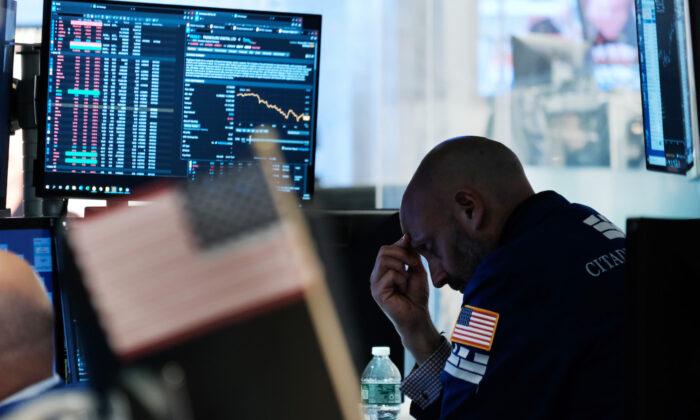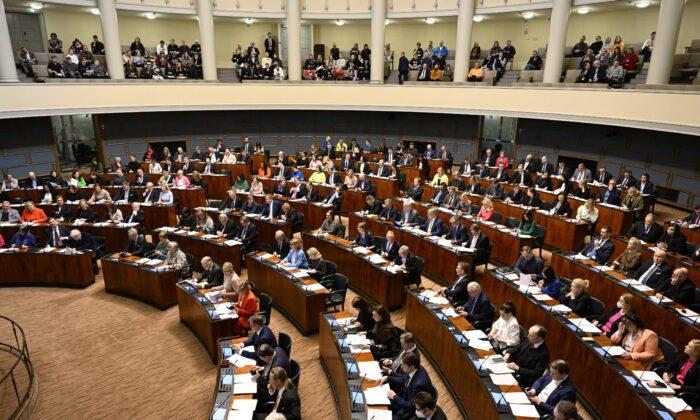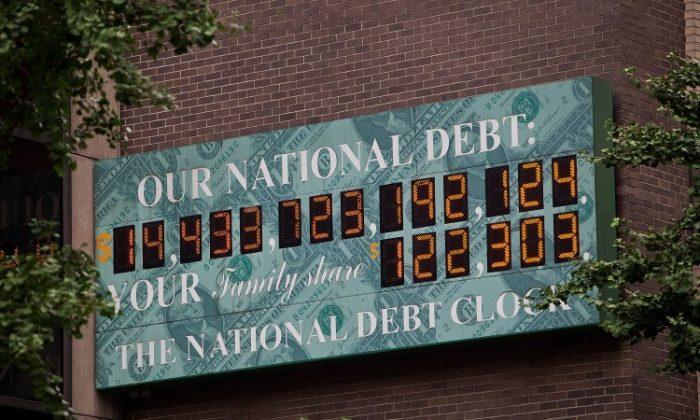Many have started to wonder, how will the economy land—hard or soft? Often times people tend to have uneasy feelings about the economy before an economic crisis arrives. They somehow know that things are “off” in a serious way, but cannot really put their finger on it.
With the spiking inflation, economic realities have staged a massive comeback in the lives of ordinary people. Macroeconomics is back! (With a vengeance.)
When the global financial crisis, or GFC, hit in September 2008 with the failure of venerable investment bank Lehman Brothers, the severity of the crisis was revealed to the majority of people. Some economists, like myself, had watched the developments in the murky world of securitization and the increasing stress in the banking sector with a heavy heart since, at least, the fall of 2007. I had actually warned my Ph.D. student colleagues already in late 2006 that something ‘was up’ in the world economy. In January 2008, I shorted the U.S. stock market with every penny I had and could borrow.
Now, some have started to look around and wonder, how will the housing sector, where prices have made a massive leap upwards since 2019, cope. Others are pondering on the health of the corporate sector, others that of the banks and some are watching the steep rise of sovereign bond yields in Europe with worry. The really troubling thing is that they all are rightfully worried.
Where we are heading, will not be just a recession or a “normal” economic crisis. It will, most likely, be a devastating combination of overlapping crises, a process which we have named a ‘multifaceted economic crisis.’
“Because basically all the imbalances are converging to an increasing trend, the impending crisis will be the largest the world has seen since the 1930s. We call it a ‘perfect storm’.”
- The ‘everything bubble’
- The zombification of the global economy
- The over-indebtedness of China
- The teetering banking sector of Europe
- The end of QE and the beginning of Quantitative Tightening (QT)
“If the central banks and China really go through with their plans [tightening and deleveraging], noting that China can also just run out of options, 2018 is likely to be the year, when the first signals of the crisis will appear. These include serious market turbulence, bank failures and possible panicky responses from the central authorities. In 2019, the crisis would get to the full swing when the last efforts of the central authorities to uphold the global asset bubble would become exhausted.”
The end of 2018 was a period of rather serious market turbulence with, e.g., the DJIA recording the biggest-ever Christmas Eve decline. We did not see bank failures, but it should be noted that China started to inject massive amounts of liquidity into its banking sector in early December due to increasing stress in the sector.
The global depression scenario detailed a route to a global economic crisis. Systemic meltdown described a scenario of a collapse (meltdown) of the global financial sector. The fairy tale was our ‘global bailout’ scenario. In it we assumed that central banks will bail out the world economy, that is, they will provide nearly unlimited liquidity support (money) to governments, households, corporations and conduct an “expropriation” of capital markets.
The Onset described a ‘shock’ that would put the crisis in motion. We hypothesized that the shock could originate from the European banking sector or from the credit markets. It came in the form of a virus, which threatened to collapse the credit markets, and the European banking sector.
We forecasted that a counterattack of authorities would be mounted as an effort to stop the panic in the financial markets from spreading into the economy. We wrote:
“These efforts are likely to include the re-starting and acceleration of QE-programs, fiscal stimulus, increasing protectionism and possibly even calls for a direct debt monetization.”
Essentially, this is what happened.
After the efforts to save the world economy would fail, or they would be forced to be withdrawn, a flood of business failures would follow. In that stage, we assumed, that the crackdown of asset and credit markets will lead to a deluge of failures of ‘zombified’ corporations. This would be followed by an economic calamity. Our description on that stage was rather chilling:
“Due to both crashing capital markets and banking sector bankruptcies, joblessness and poverty are likely to explode. Governments will try to save critically-important banks, which will require funding many countries, such as those in the Eurozone, do not have. This makes depositor bail-ins the only option. Confronted by new and harsh fiscal realities, pensions and other social security programs are likely to face serious cutbacks by desperate governments.”
We also forecasted that the global depression would be over in 4-5 years with the most acute phase of the crisis lasting for three years, after which we enter the recovery phase.
These two stages will create the multifaceted economic crisis, which I will start to detail in my next column.





